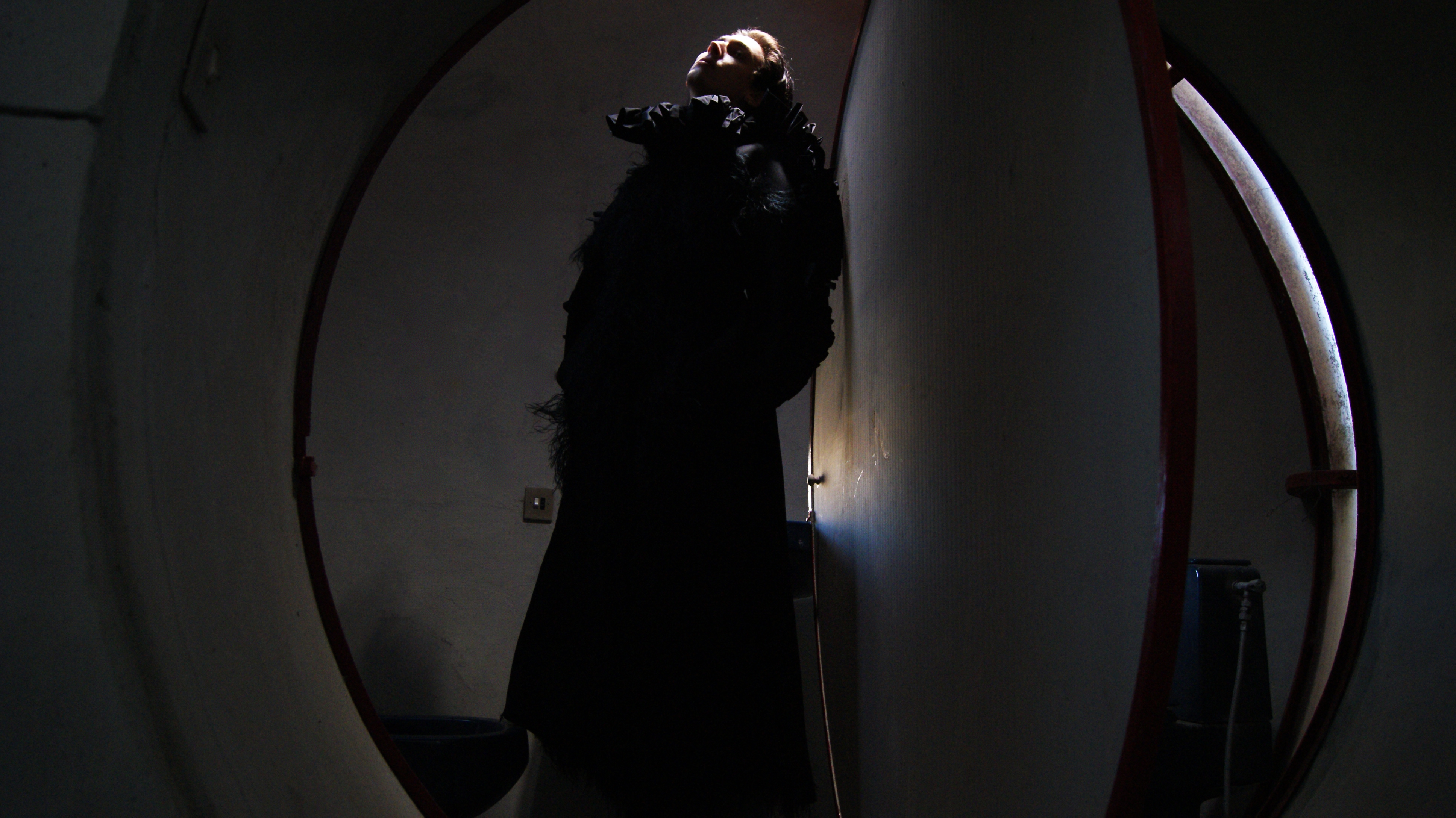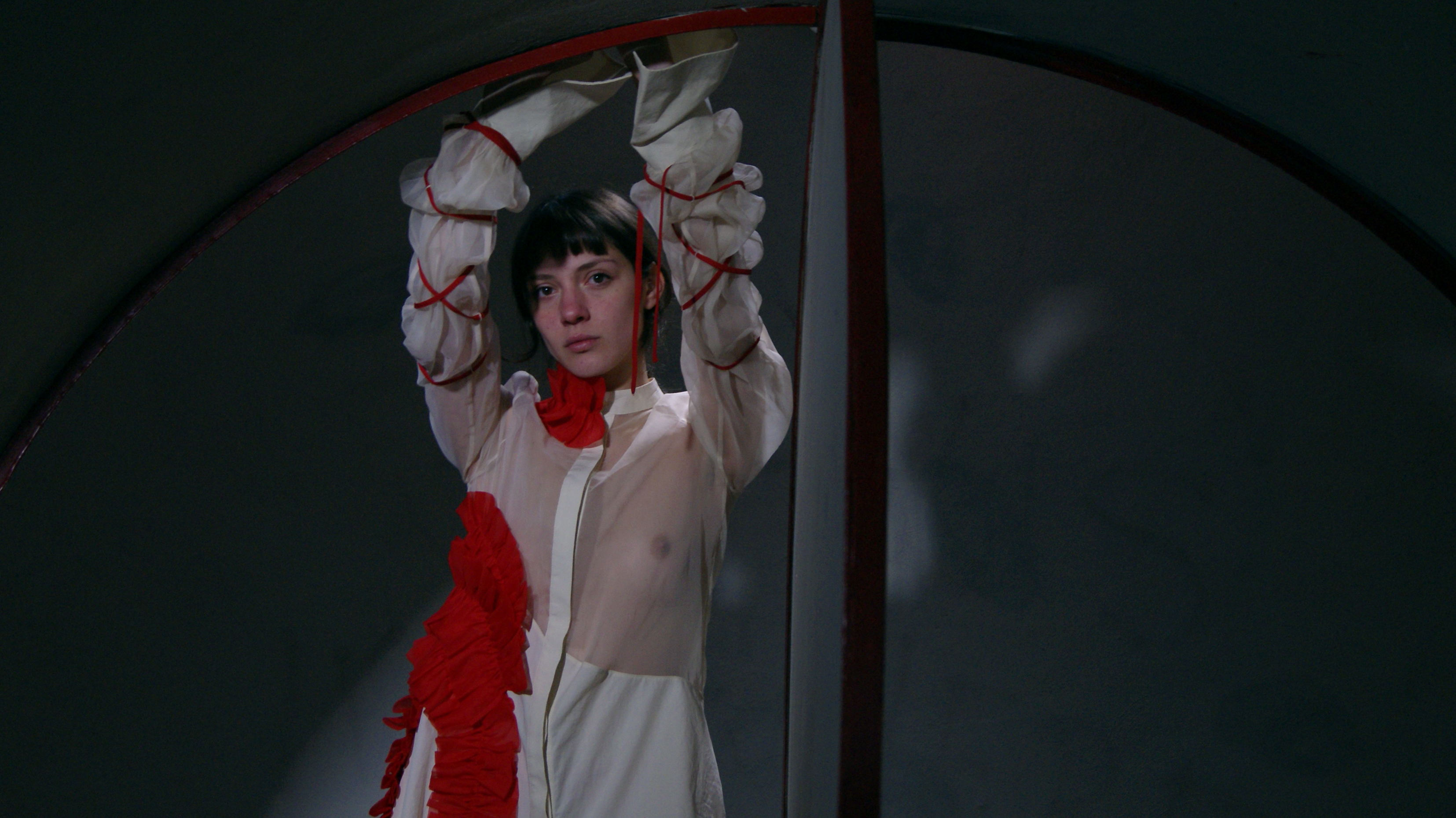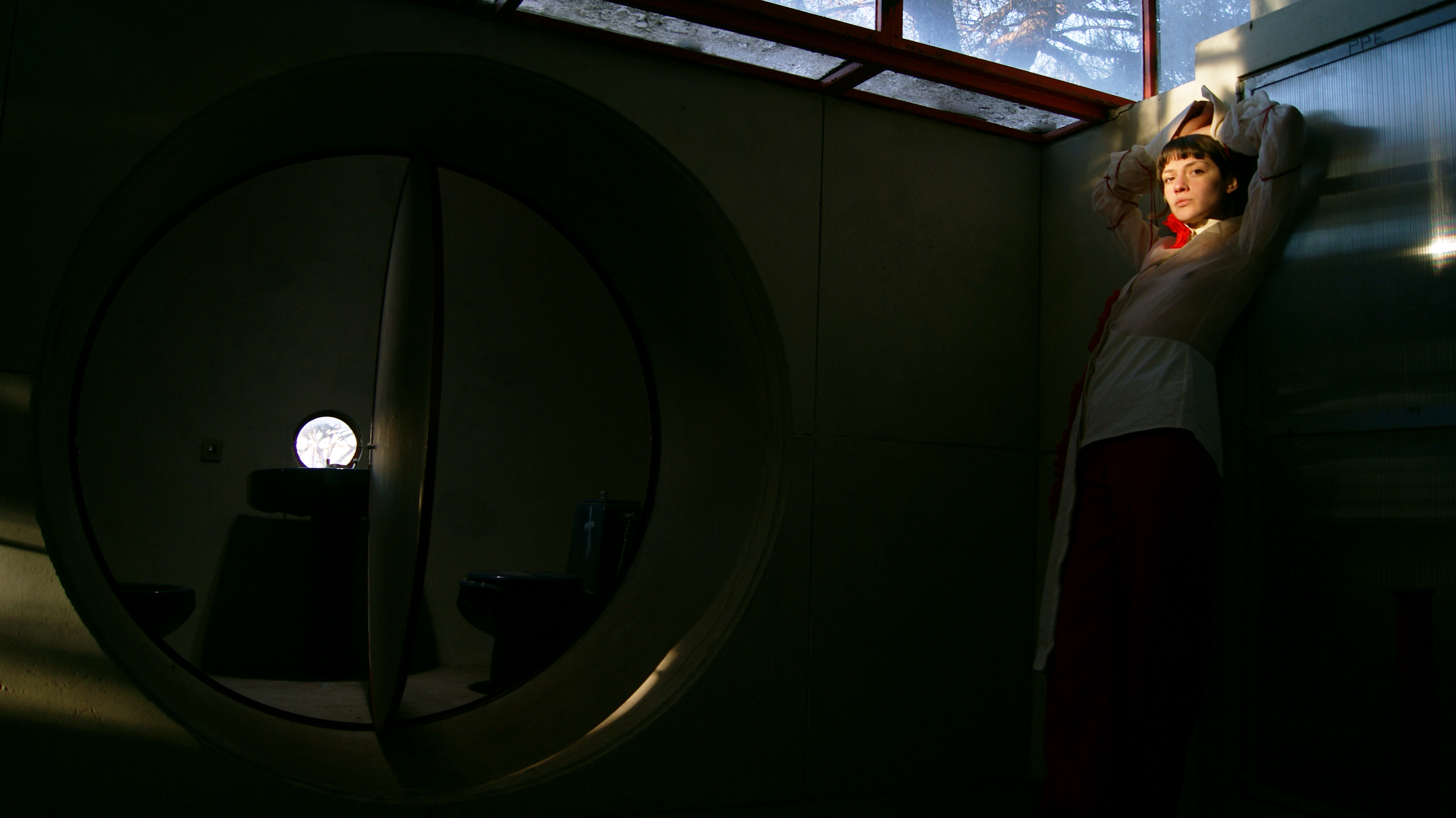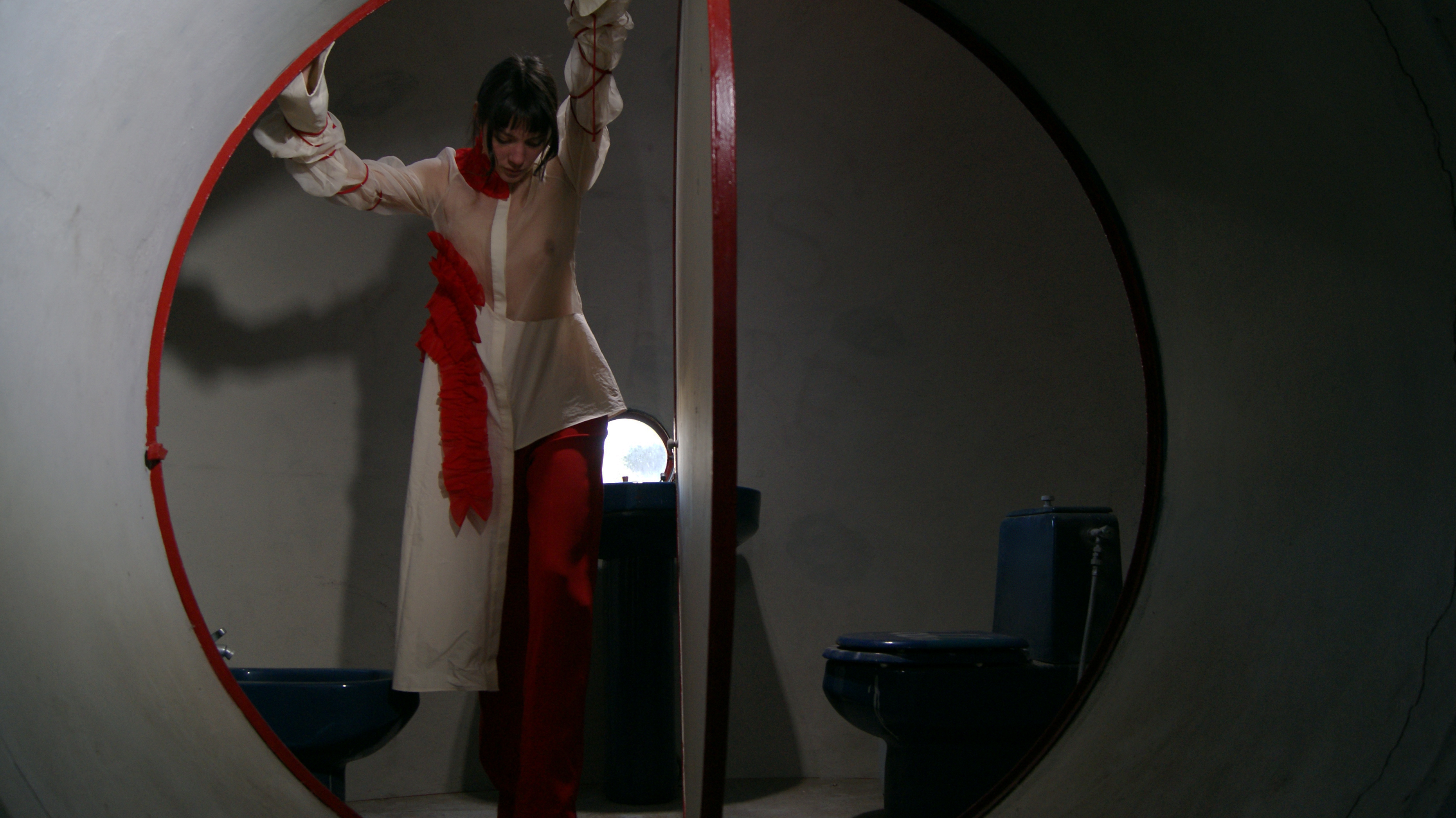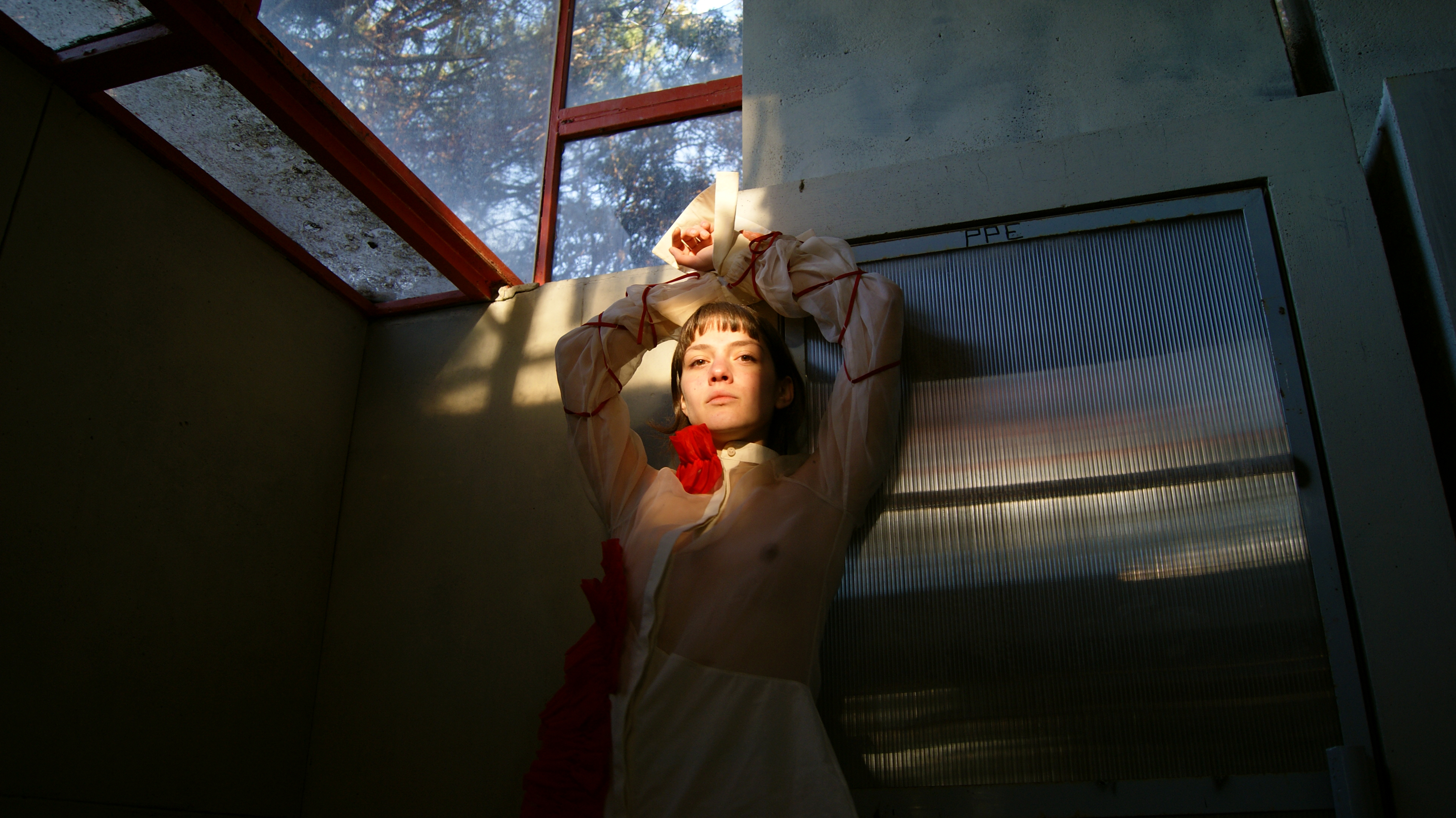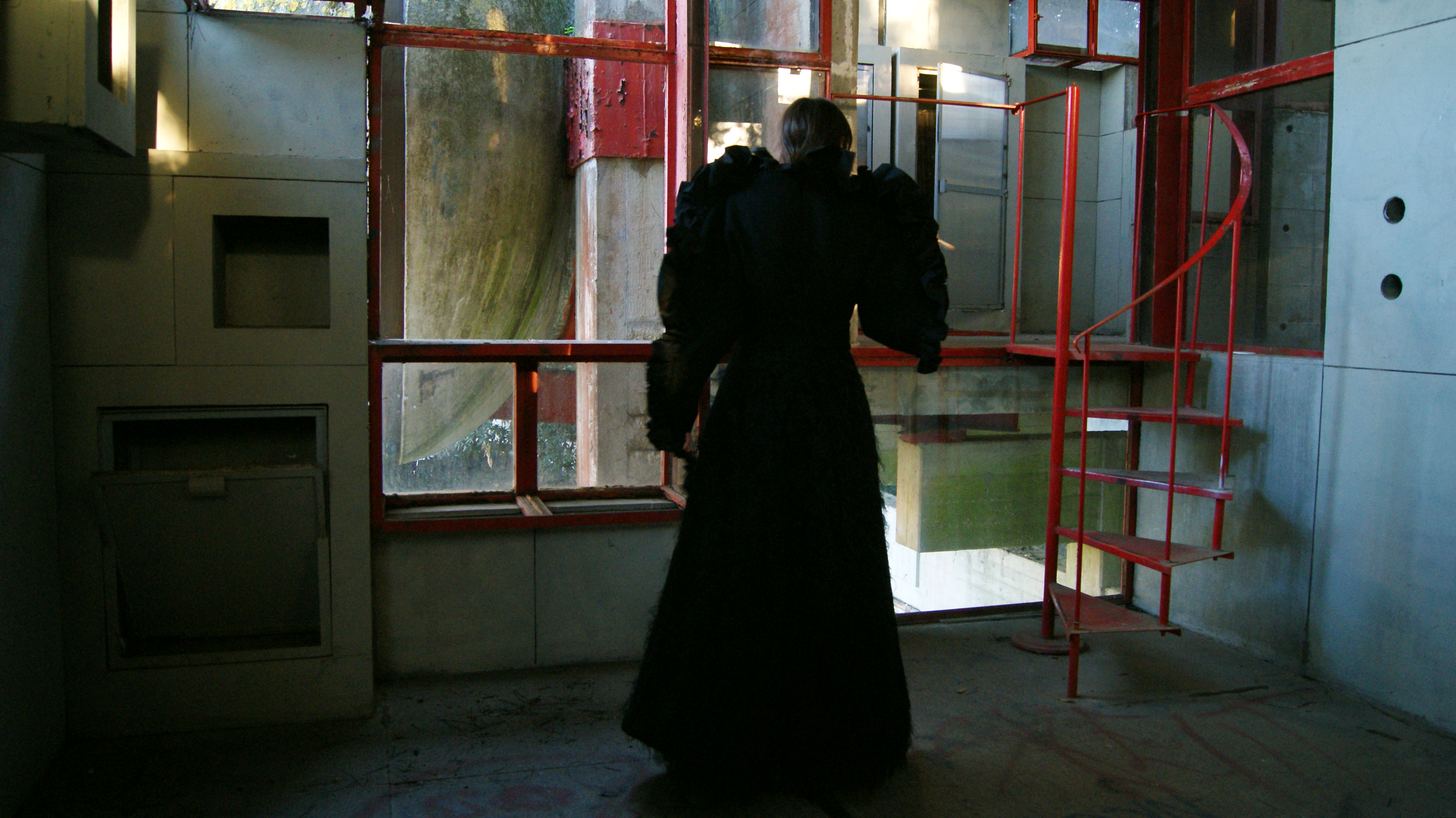4. Casa Albero

La casa sperimentale di Giuseppe Perugini, Italy/2022
Creative Direction: Alice Lipizzi, Francesco Candido
Photography: Francesco Candido
Styling: Alice Lipizzi
Styling Assistant: Sofia Monterastelli
Videography: Camilla Dazzi
Models: Isabella Ricci, Julius Westra
Garments: Marco Bucchi
As a student of Fashion Communication: Fashion History and Theory at Central Saint Martins in London, I happen to have lots of conversations with artists of any kind. My partner Francesco Candido, who participated in the photoshoot as both creative director with me and photographer, and I found it interesting that most of the people we were talking to wanted to express in their projects a sense of discomfort, of mortification towards our society. They were trying to build a space for themselves in a history that has always prioritised neutrality over subjectivity and biases. However, that choice of neutrality has been made by opinions of people with cultural and/or economic capital. We decided to give voice and space to those who lived hibernated, outside of a world which would not represent them.
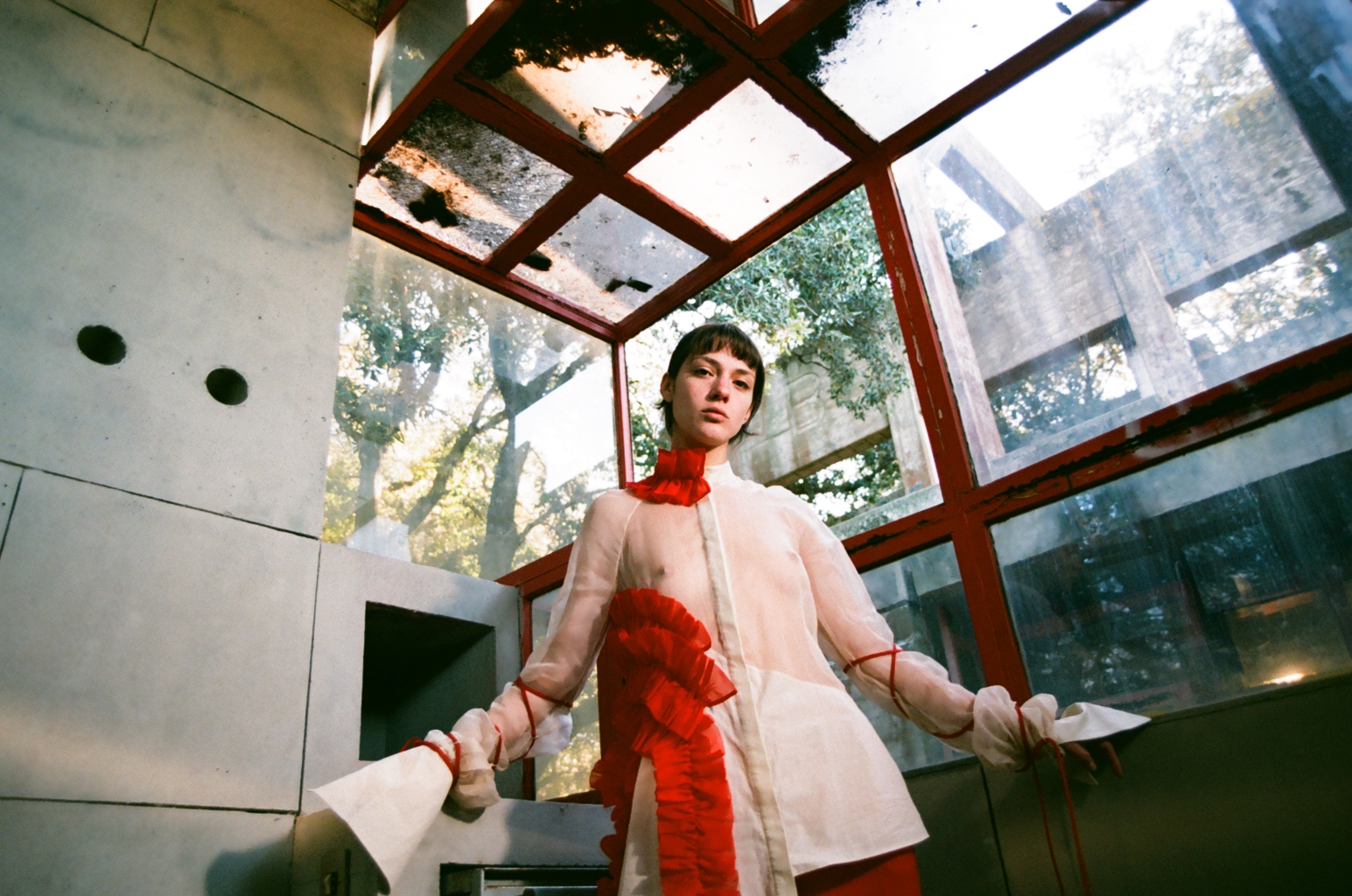
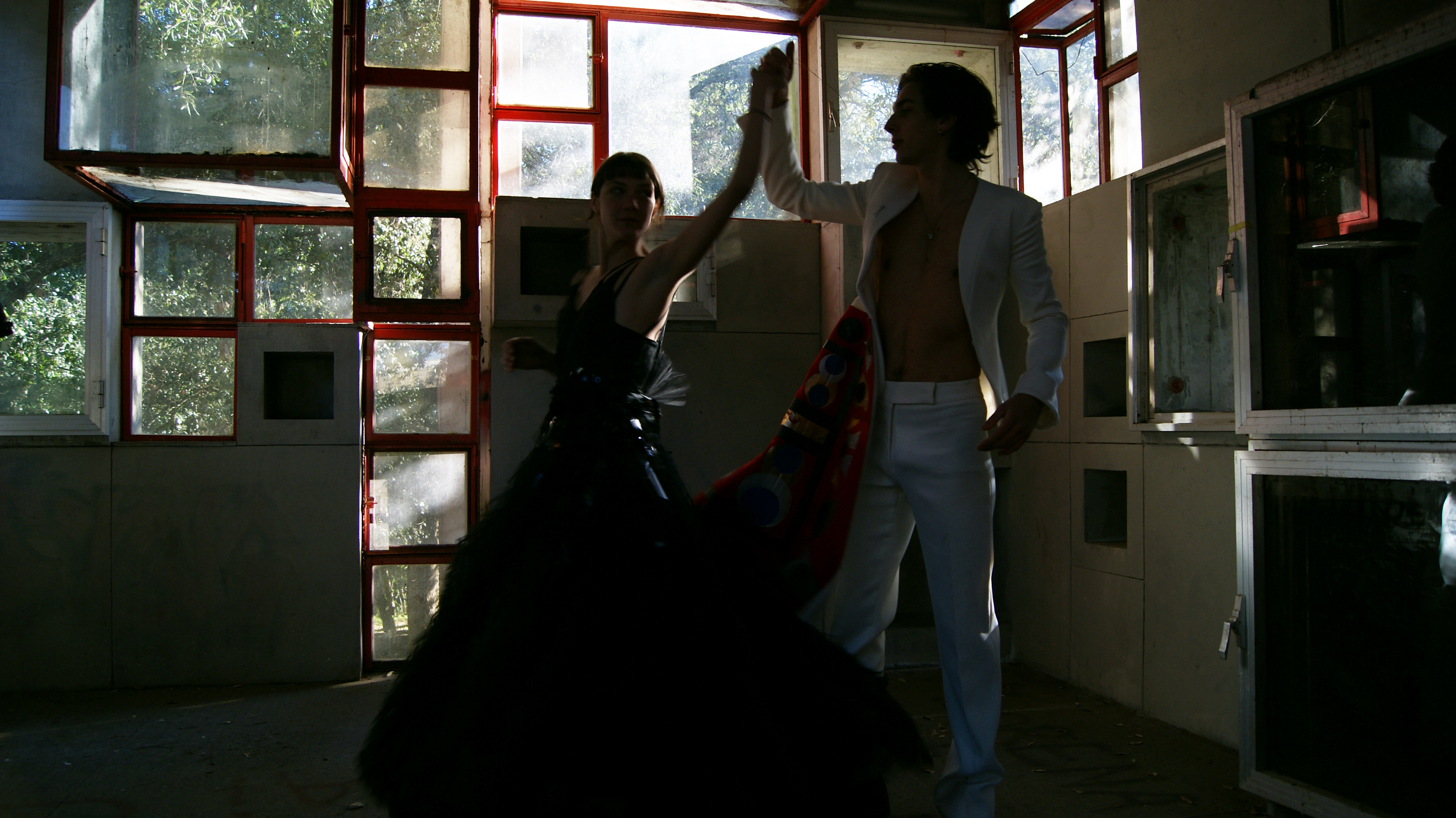
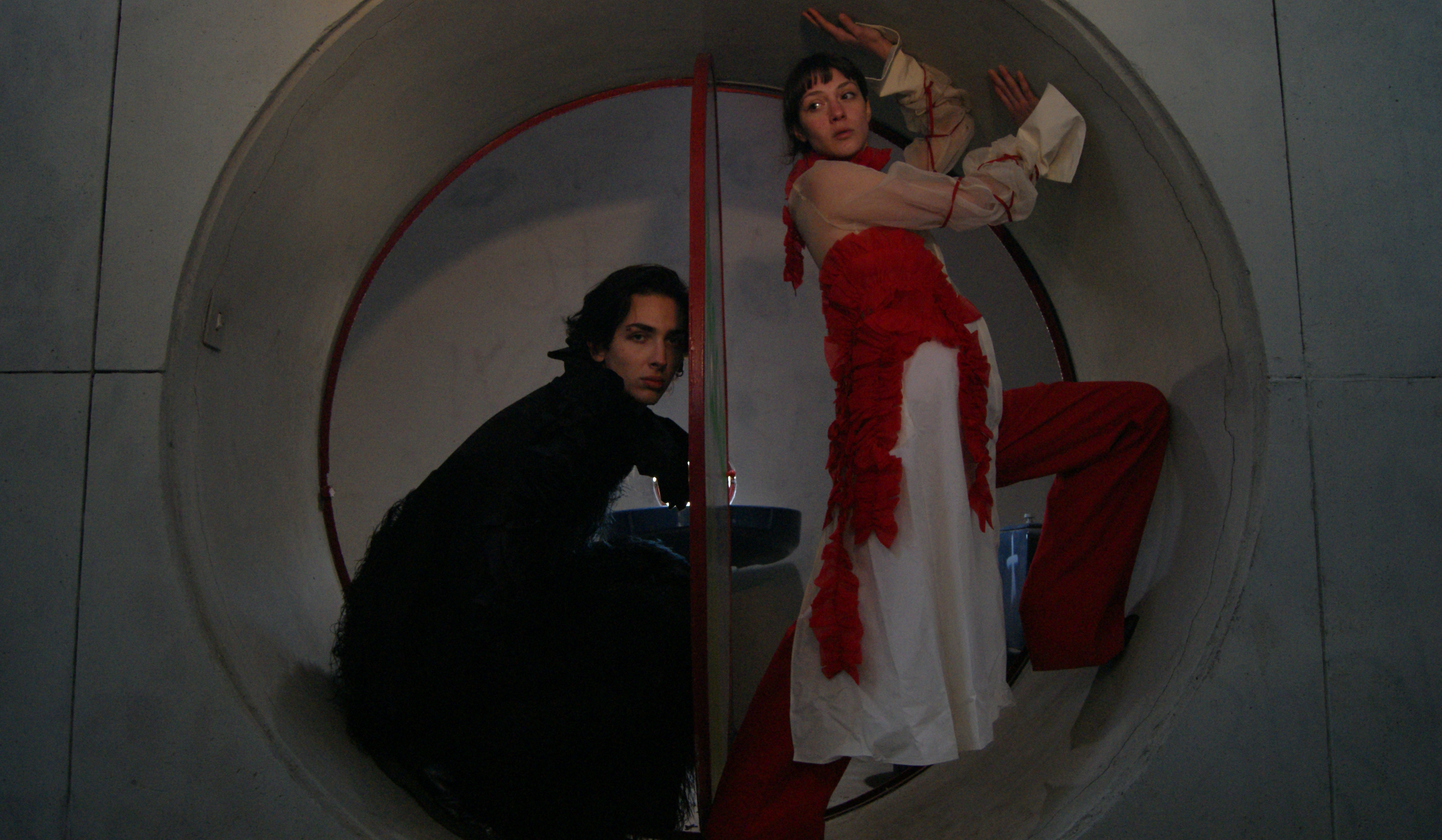
When me and Francesco decided to plan on setting up a photo shoot we wanted to perform a narrative, an ode to love. Perhaps to our love. In an era of underrepresented voices, we wanted to shout what has been abandoned, lost on track, forgotten by time and space. The photo shoot gives birth to a couple of lovers, living in the abandoned “Casa Albero” house. The space embraces them, gulps them down, and hides them from a cruel society. Its roots act as a double agent on the lovers: on one way, they experience naive, innocent feelings, shaped by a bubble which dilates time; on the other way, they are condemned to muteness and silence towards the outside vertigo, trapped inside an out-of-society tree. The collaboration with just graduated fashion designer Marco Bucchi made our concepts possible. The garments take back to life “love stories, memories, sensations, emotions” hibernated in anOther spatio-temporal universe. In between mouldy walls and broken windows, the lovers fluctuate in voluminous skirts, which also burden their muteness. Hibernating Love rotates between performative ambiguity and intimacy; it provides an alternative to the language of our society, a capitalist, Western, and male dominated history. The lovers are confined to an outside world due to the lack of their capacity to speak, therefore they represent a negative Other: there is no space for them in a language based society. Expressing themselves through another voice, that of love, they challenge the socio-cultural norms and they become rebels. After hibernation, the lovers re-born and actively offer an alternative perspective of communication. Photography both digital and analogic by Francesco and videography by Camilla Dazzi capture these moments of freedom and restraint, hibernating forever their feelings: of love.

